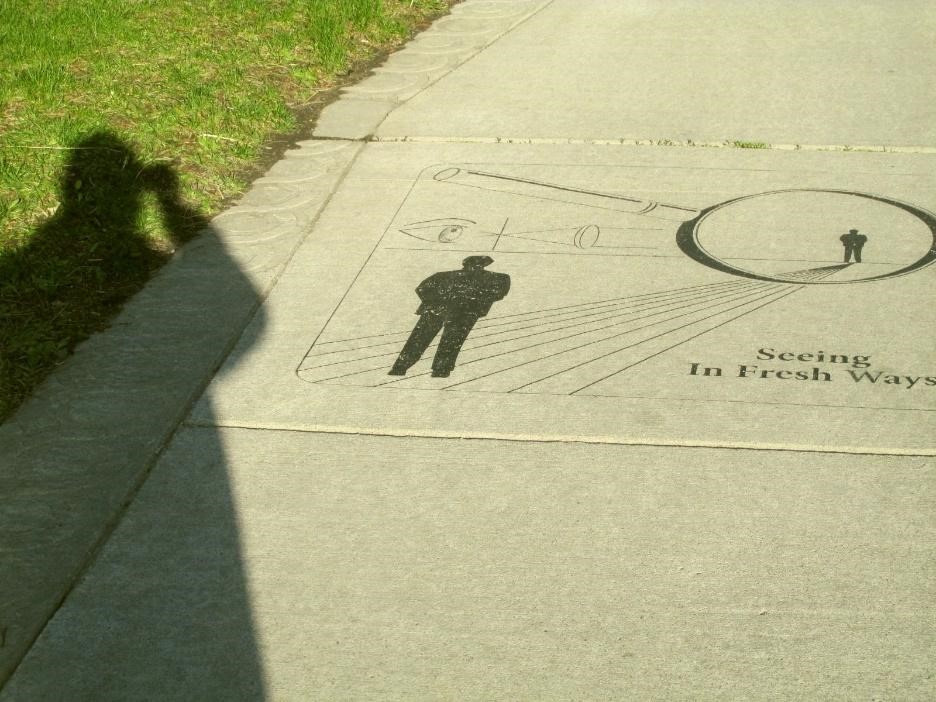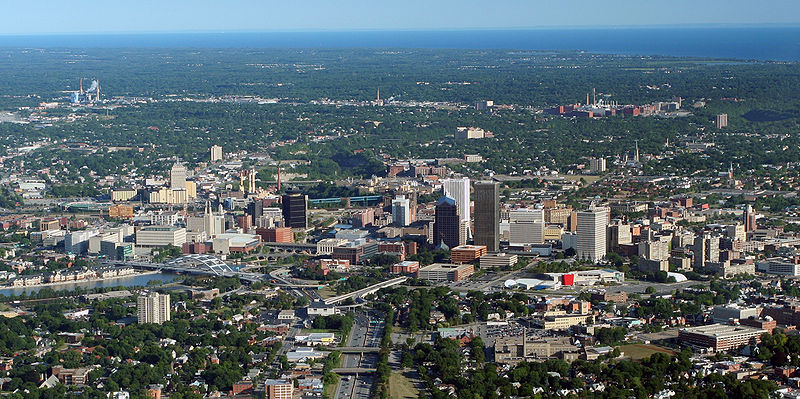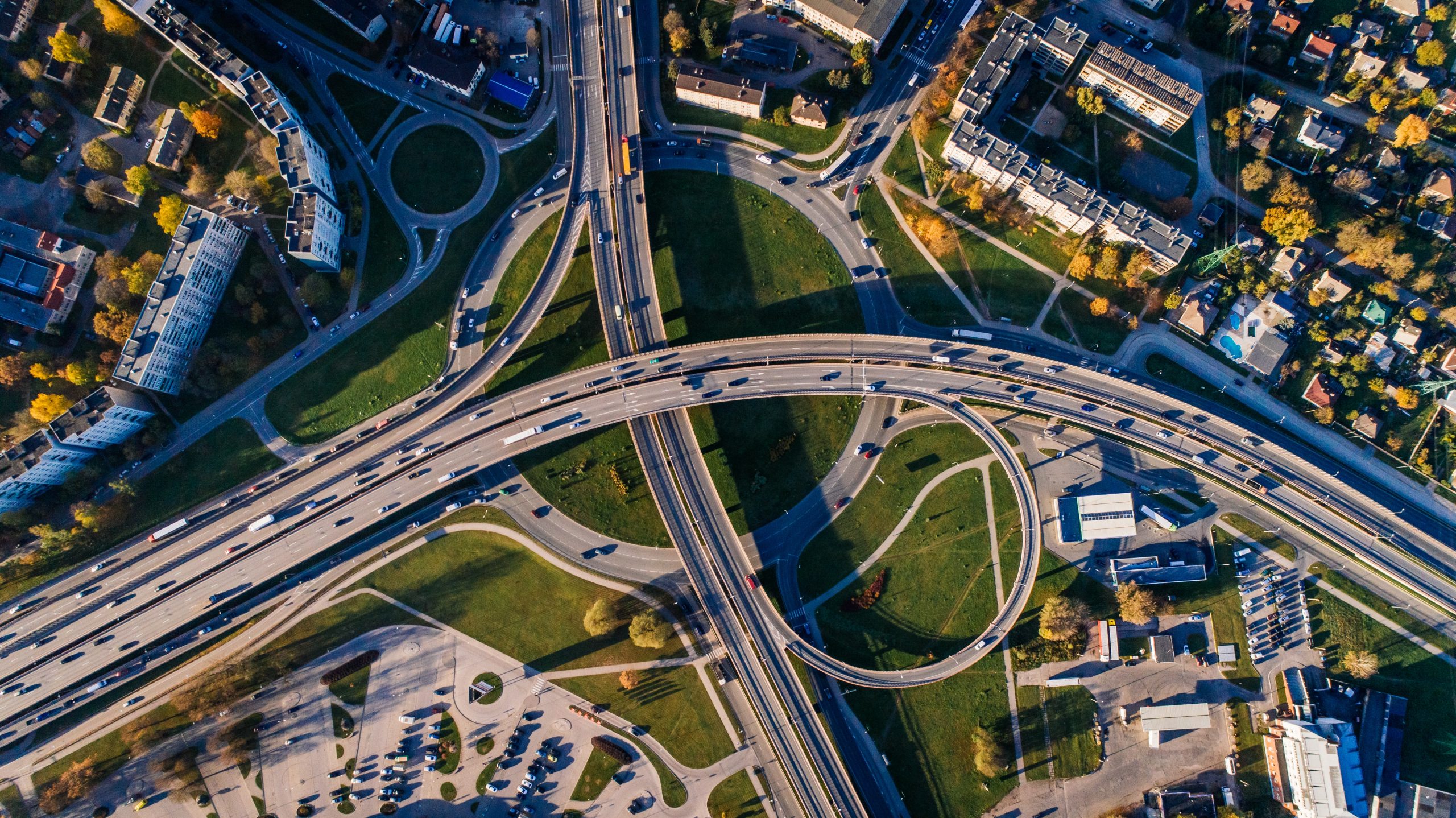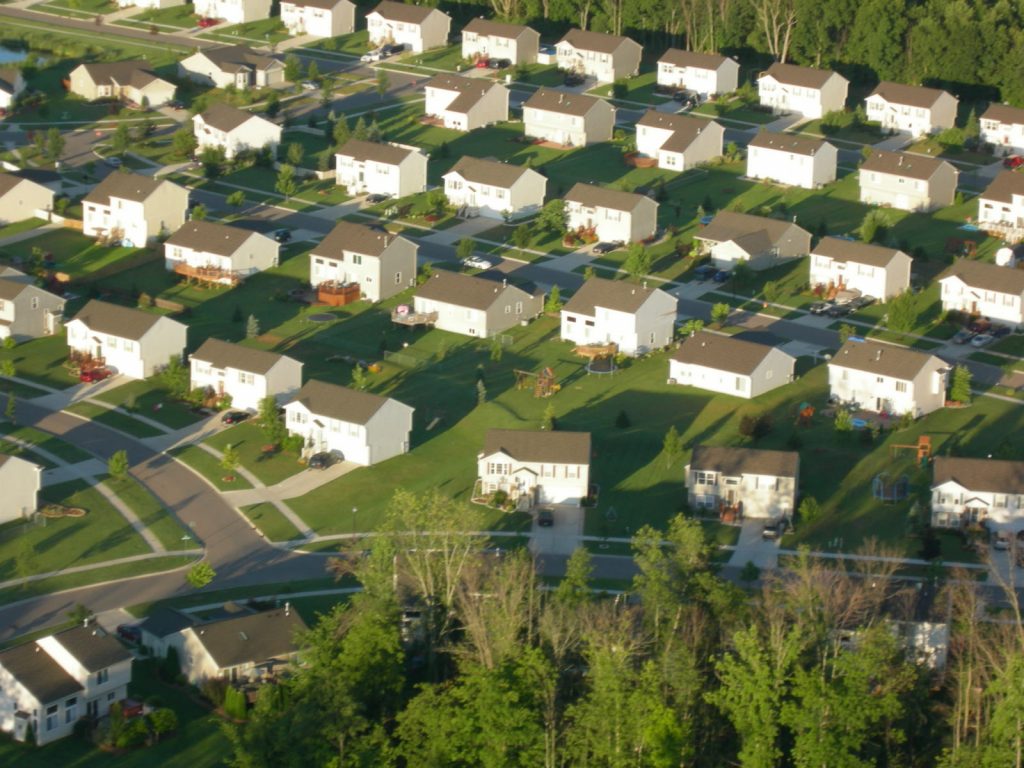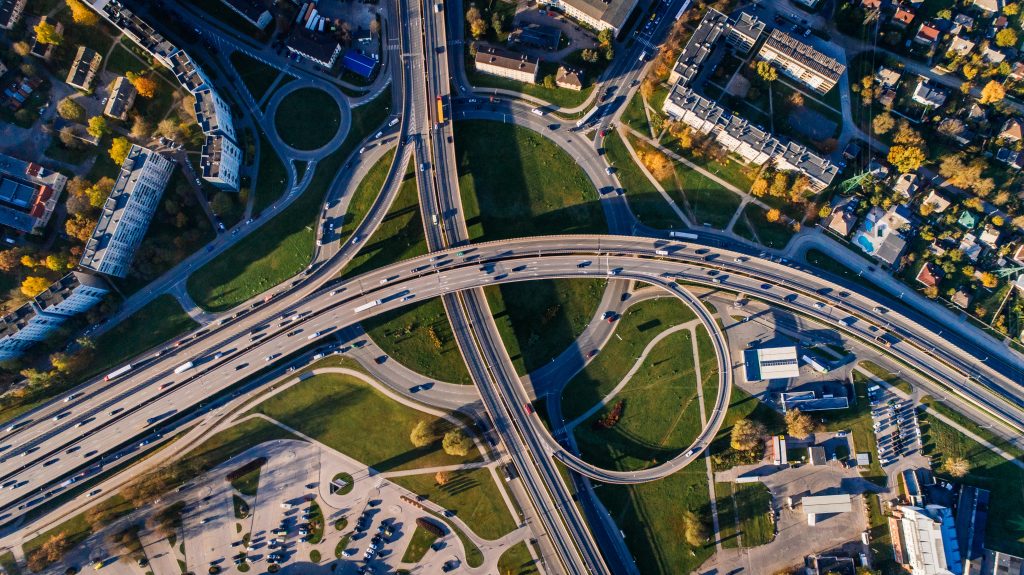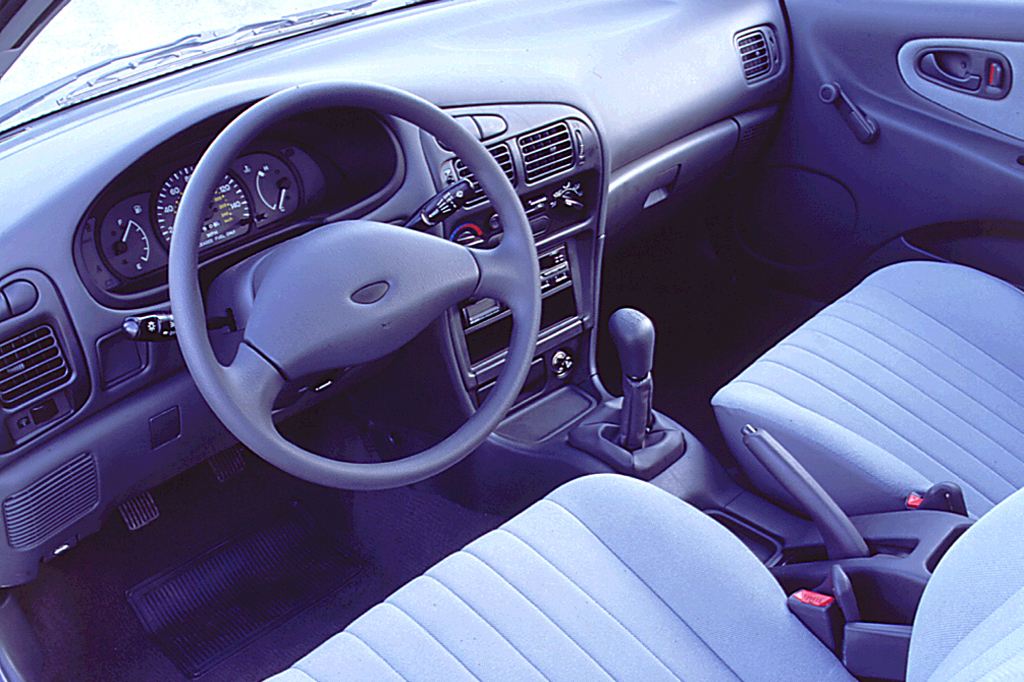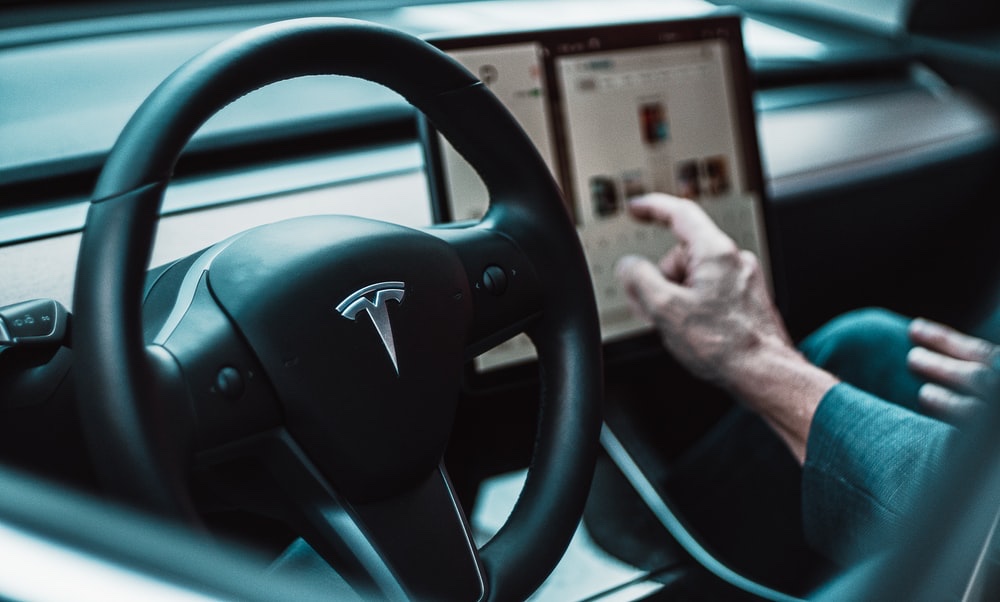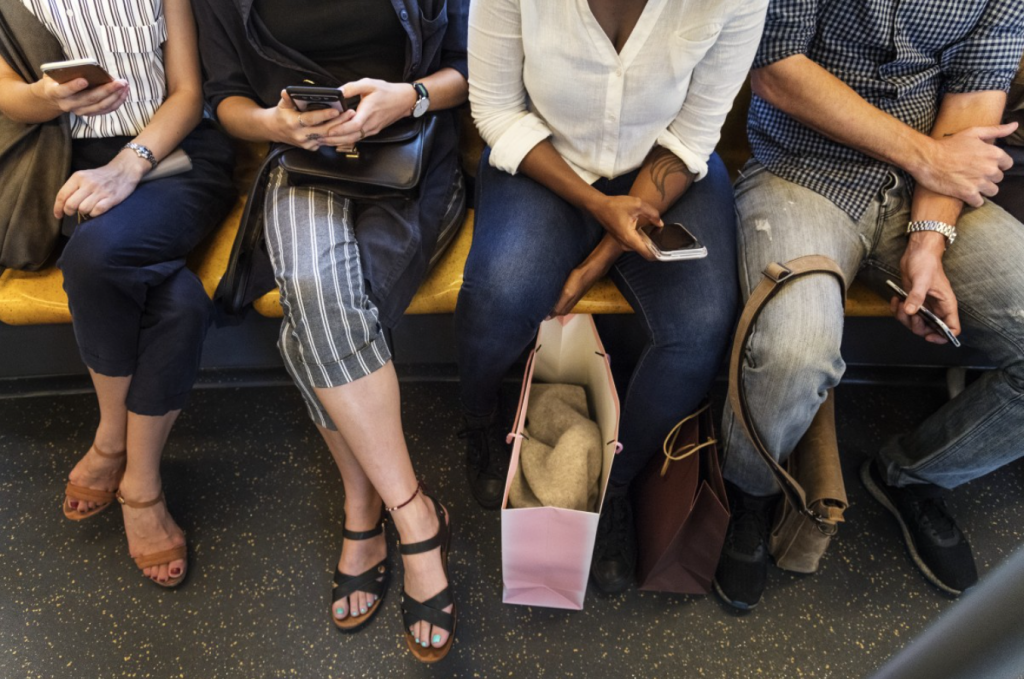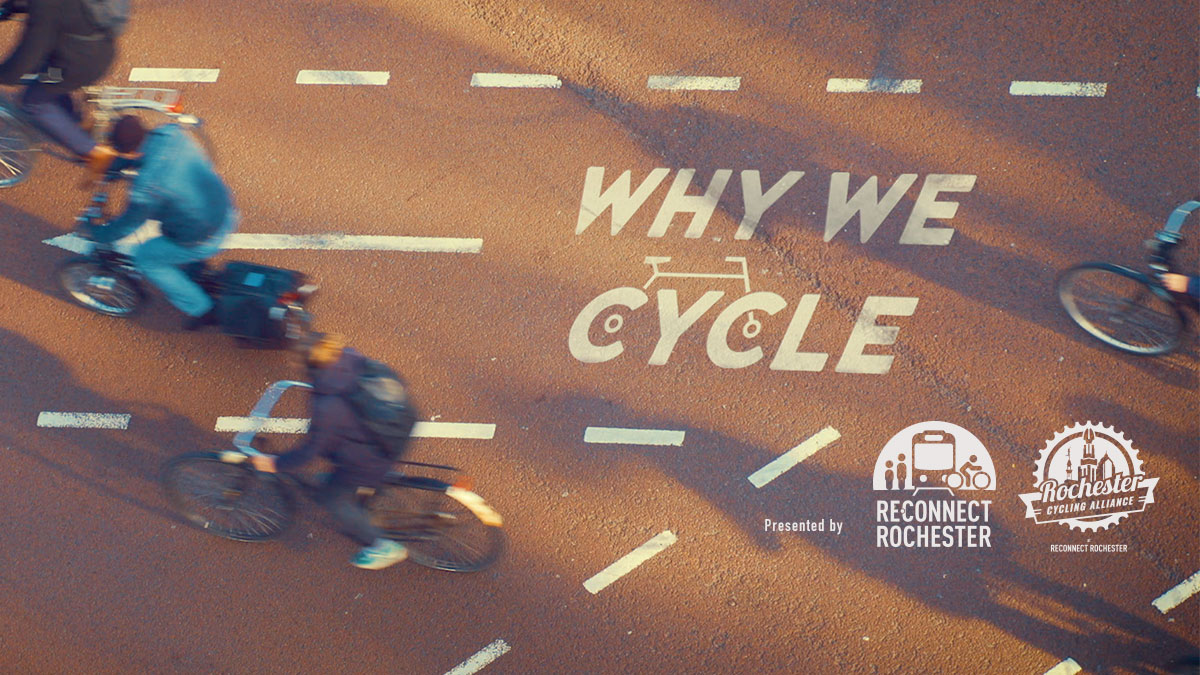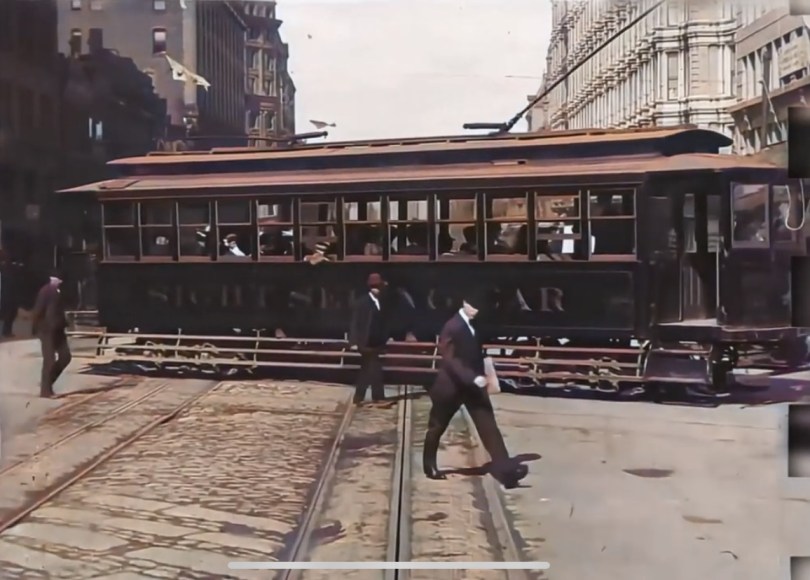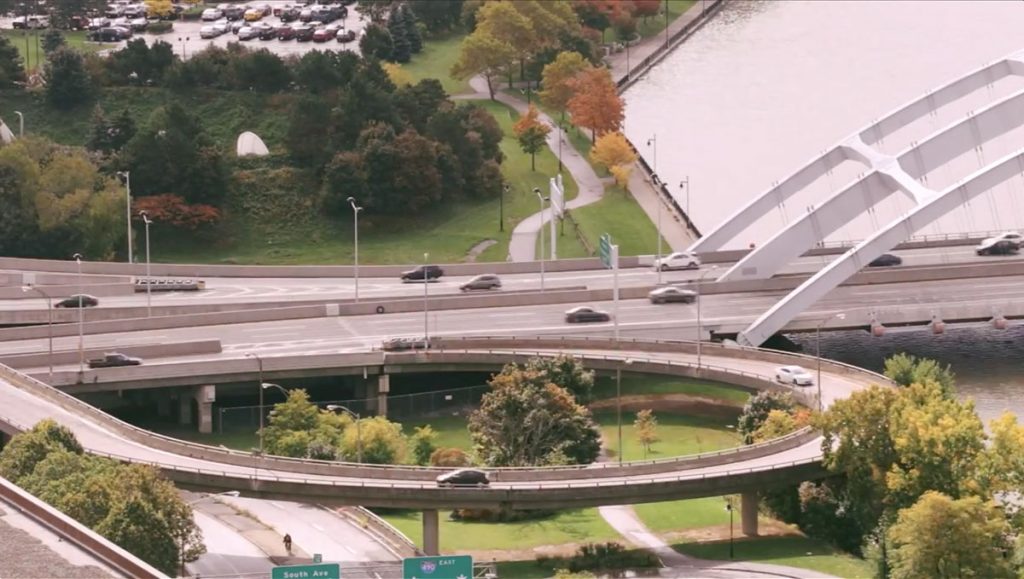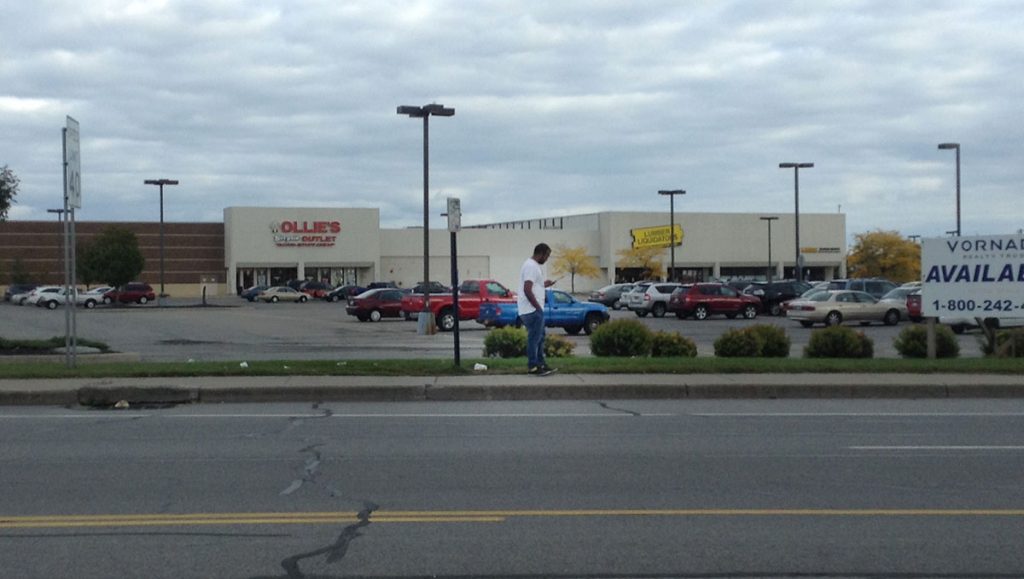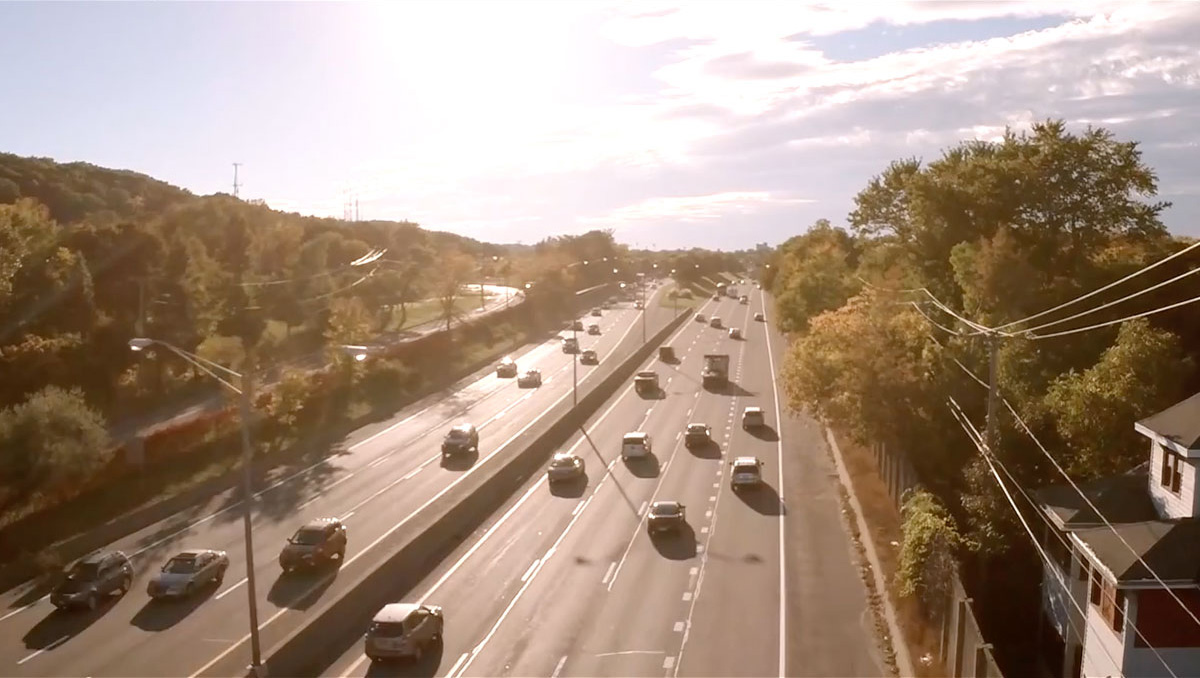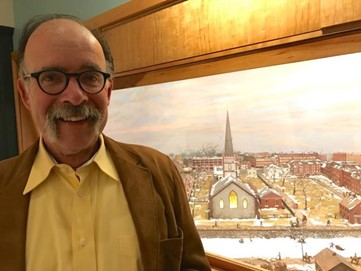
By Joseph Struble
In 1975 I bought my first (and last) car: a gold/tan Mazda RX-3 with white bucket seats and that intoxicating “new-car smell.” I also bought a pair of prescription sunglasses, aviator style, and I thought I was so cool driving back and forth to Graduate School in Richmond, VA, windows open in summer and blasting “Country Roads, Take Me Home” on the radio.
In 1979 I was back home in Rochester and newly wary of my car. It had an unwelcome trick of suddenly losing power, slowing down and coming to a stop, no matter where I was (even on some of those country roads!). Very disconcerting. It also took 10 minutes to warm up in winter and even then I could only start to roll with the choke full out, so it was like holding the reigns of a bucking bronco (though it was a Mazda) for a while thereafter.
I sold it and never looked back.
I did not get my driver’s license until I was 22 and out of college, so the aviator-glasses cool notwithstanding, I think I may have been inclined to be a non-driver early on.
And I well remember how living on St. John Fisher campus for my last 2 years thrilled me in its own small way: “There is everything I want here”: friends, food, a pub, a library, Sunday Mass, famous lecturers and even bands come here, candlelight vigils in protest of the Vietnam war…OK the girls were one mile down the road on another campus, but still, this was my “happy place.”
So I simply grafted that formula for a varied and contented life onto the Park Avenue neighborhood, beginning in 1980.
I like to walk. People always tell me how healthy that is, but it is not really exercise, I think, unless you make it so (get your heart rate up, sweat, etc. – and for that, I used to jog and once even ran a marathon).
Walking is merely my mode of transportation [the action of transporting someone or something] and for me, that someone or something is me, myself and I.
I have a good 3-5 mile walking range in all four directions from my place on Strathallan Park and like my college campus, there is everything I want here: The Memorial Art Gallery, George Eastman House (where I was employed for 26 years – a 12 minute walk each way), The Eastman Theatre, GEVA, Blessed Sacrament church. The Rochester Public Library – both Central and Monroe Avenue branches are in my range. I exercise at Harro East on Andrews Street, and love my early morning walk there as others are heading out to work.
I check out a variety of breakfast and lunch places in my walking range, all staffed with friendly people: wife and husband Evinn and Bill at Crumpets; Will at Calabresella’s Subs; Ramon, Wilfredo, and Erica at Palermo’s in the Mercantile; Jason at POP ROC; and the nice folks at the café in the Art Deco Times Square Building.
Oh and there’s my German class meet-up at Spot Coffee or Matilda’s every Thursday.
I shop at the East and Winton Wegmans, carrying a backpack which $85 of groceries usually fits nicely in. I walk there, but if there are people at the corner bus stop when I leave, I sometimes take the bus home.
I can extend my walking to Pittsford Plaza and even to Charlotte, but it has to be on a beautiful day. Otherwise, either the Monroe and Lake bus gets me there.
A word about RTS. It’s convenient enough. I love the new 41 Culver/Goodman Crosstown bus. I tell people that in my lifetime (73 years) I count three good “bonus” things coming along: Cherry Coke, Milky Way Dark, and the #41 Crosstown bus.
I think I could be very happy living in Manhattan (if I had the income). So I go there often and I have made the trip variously by plane, train, bus, and as a passenger in a car. Amtrak is the best for me, I think. More opportunity for movement, a café car break, and the leisure to read and just think.
Then there are times when a car ride is more essential than just for a psychological boost. I’m glad I have friends with cars and it’s wonderful to hit the road and head out into the country and those wide-open, blue-sky spaces (vs. interestingly cluttered city ones).
This puts me in the “riding shotgun” seat and for that, I am grateful to GPS, since my map-reading and directional skills are abysmal.
Once in 40 years of non-driving, I borrowed my brother’s car to go to a wedding. It’s true, that like riding a bicycle, once you learn, you never forget. But a lot of things had changed about a car – the door locks, the ignition, other unfamiliar gizmos. So it was dicey. Then there was the violent thunderstorm on the way home.
I worry sometimes that I am so out-of-practice and would be very reluctant to take the wheel in case of any emergency or merely to relieve a fatigued driver on one of those blue-sky rides. I have kept up my license and even became a member of the Automobile Club of America “just in case” but I never really want to drive again. That’s not so good.
I really have no knowledge of the cost of car ownership (but the folks at Reconnect Rochester do!). For a few years, I went to the Convention Center for the Auto Show and yes, the stickers were shocking.
But I do know that since 2000, I have had some disposable income used for 6 flights to Europe where I spent 2 weeks each in a major city. Next time, I hope to take the Queen Mary II across the pond (not as pricey as you might think).
Although I recycle and dislike seeing a dirty truck belching black smoke drive by, don’t consider me a climate activist. I simply think that living simply with everyday pleasures at hand has been a satisfying lifestyle for me.


